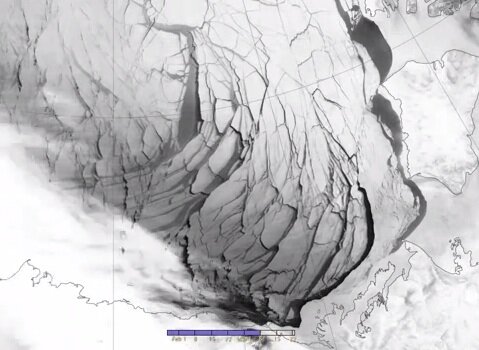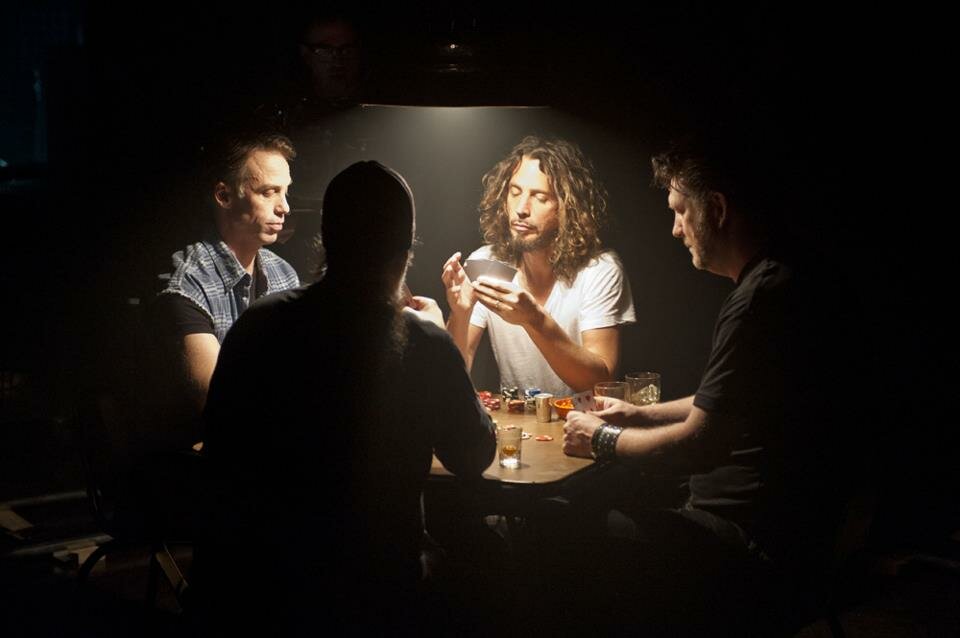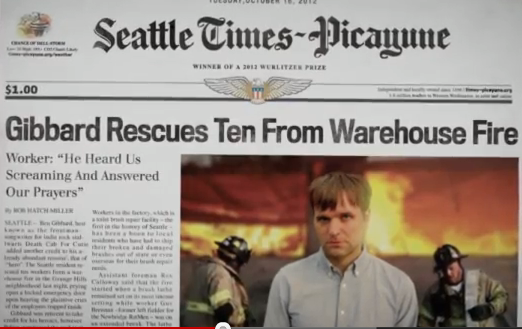“Wine Economist” Mike Veseth points his fans toward this climate change video based on research by Conservation International and the Environmental Defense Fund. In it, reds denote where wine grapes currently thrive, green means the wine-song remains the same, and blue indicates where new viticultural areas could develop. Clearly, now is the time to snatch up that land in Okanogan, Ferry, Stevens, and Pend Oreille Counties.
“Bear in mind that forecasting is difficult, especially about the future, so projections shouldn’t be confused with fact,” admonishes Veseth, but on the other hand (he is an economist, after all) wine grapes have already proven exquisitely sensitive to climate change, for better or for worse.
As it is, “growing season temperatures have increased for most of the world’s high quality wine regions over the last 50 years, by an average of 2 ºC,” writes Jamie Goode, and already there have been winners and losers. Though the higher temperature tracks an increase in vintage quality over the corresponding years, wine growers in California’s Napa and Sonoma Valleys complain that “the climate has become so warm that ripening fruit is not an issue, but retaining acidity and developing flavor have become increasingly difficult.”
With the wine industry being the global juggernaut that it is, with estimates of size in 2014 at more than $292 billion, studies have been flying that attempt to forecast where, geographically, the best investments should be made. In 2011, a Stanford study concluded that by 2039:
In Napa the average temperature could increase by more than 1˚C, with the number of ‘very hot’ days going up by 10. As a result, the amount of land suitable for growing Cabernet Sauvignon, Pinot Noir and Chardonnay would shrink by half. There would be slight increase in suitable land In Willamette Valley in Oregon, but in Columbia Valley in Washington there would be a 30 percent reduction.
Wine growers do have options besides migration — they can plant more heat-tolerant varieties, or invest in ways to reduce the heat the plants are exposed to. But the more recent study notes that access to water for irrigation and for cooling will also be a point of contention. Using the Representative Concentration Pathways (RCP) database for their climate modeling, the researchers forecast that:
Area suitable for viticulture decreases 25 to 73 percent in major wine producing regions by 2050 in the higher RCP 8.5 concentration pathway and 19 to 62 percent in the lower RCP 4.5.
Essentially, the Mediterranean-style climate so suitable for wine production would leave the Mediterranean: “Large newly suitable areas are projected in regions of Northern Europe and western North America. Ensemble mean increases in suitable area are 231 percent in western North America and 99 percent in Northern Europe in RCP 8.5.” Australia’s loss becomes New Zealand’s gain.
This concerns Conservation International because the obvious migratory response is to seek either higher elevations or higher latitudes, which in many cases would put new vineyards in proximity with wildlife and wilderness. (That’s without mentioning the tendency for wine regions to become monocultural — prior to the Judgment of Paris, the Napa Valley was home to a substantial number of fruit and nut orchards, which have since been uprooted.)
Economist Veseth, the author of Wine Wars, has a new book coming out called Extreme Wine. He’s traveled the world, the blurb says, on the track of the “best, worst, cheapest, most expensive, and most over-priced wines.” You’ll find discussions of wines created by celebrities, wine booms and busts, and wine-tourism. It comes out this October, but you can pre-order now.



